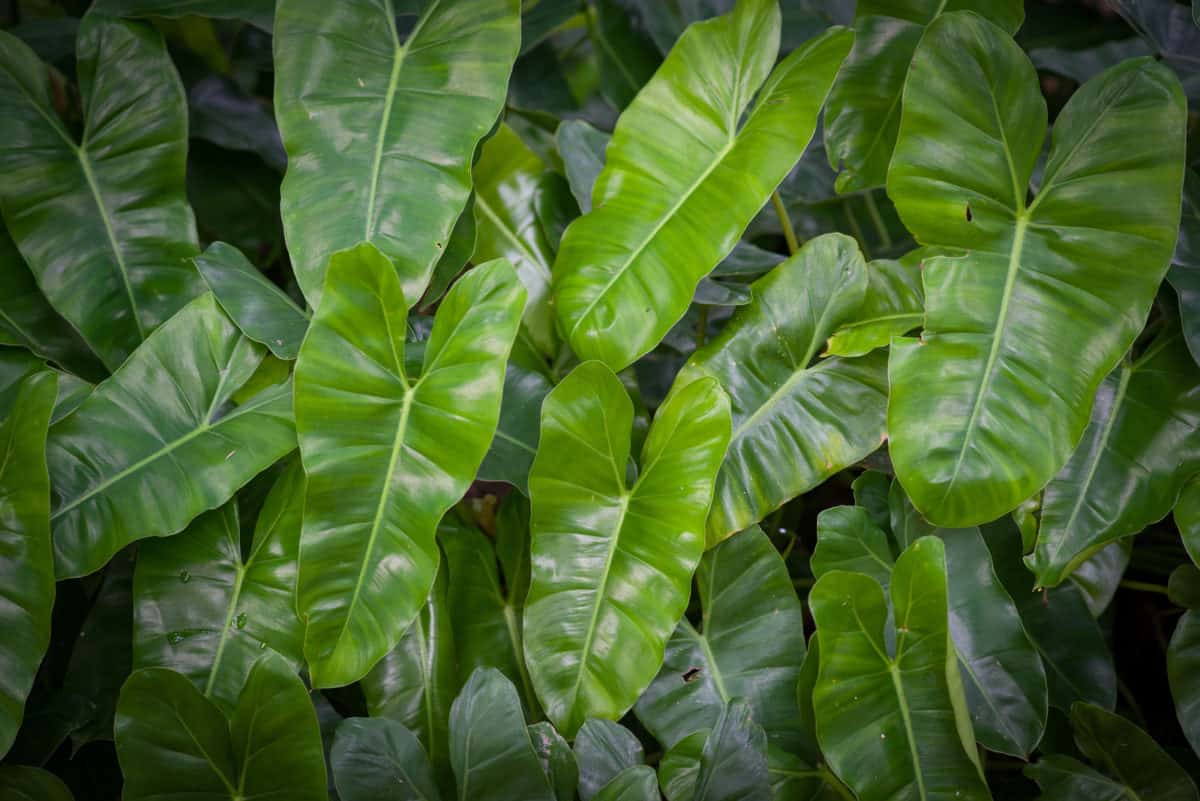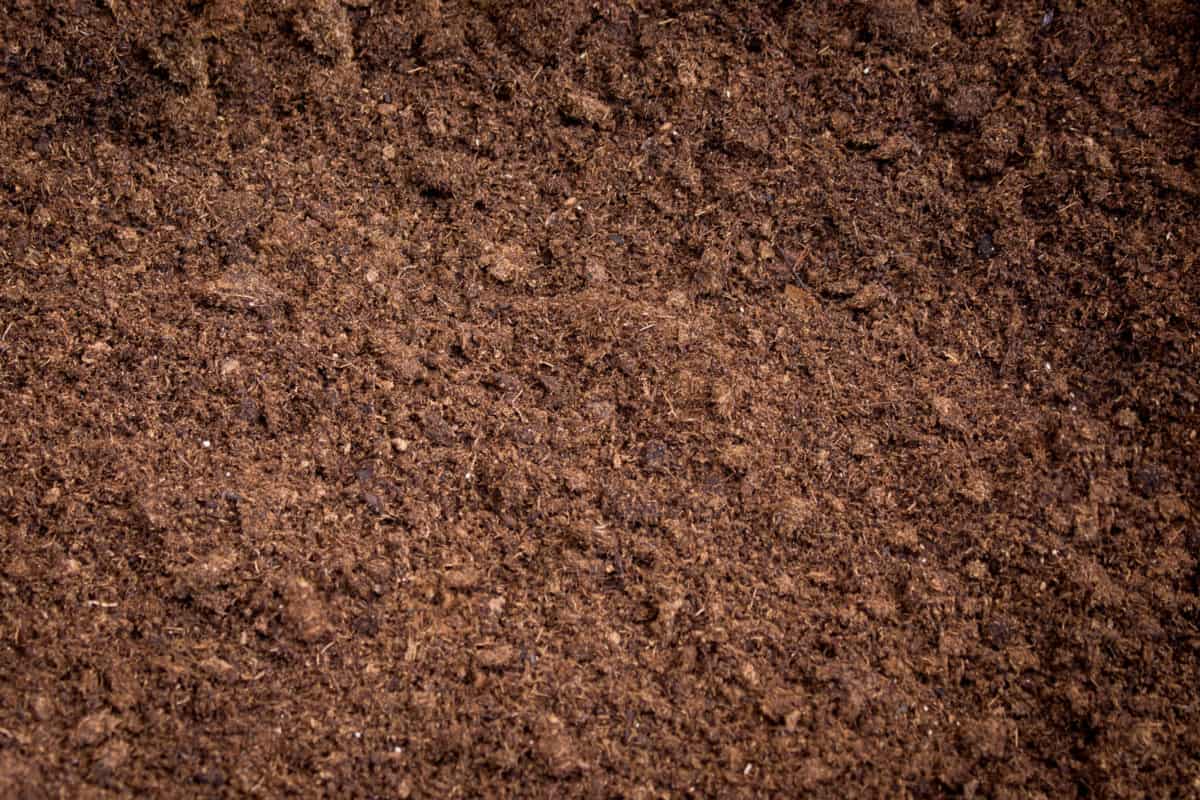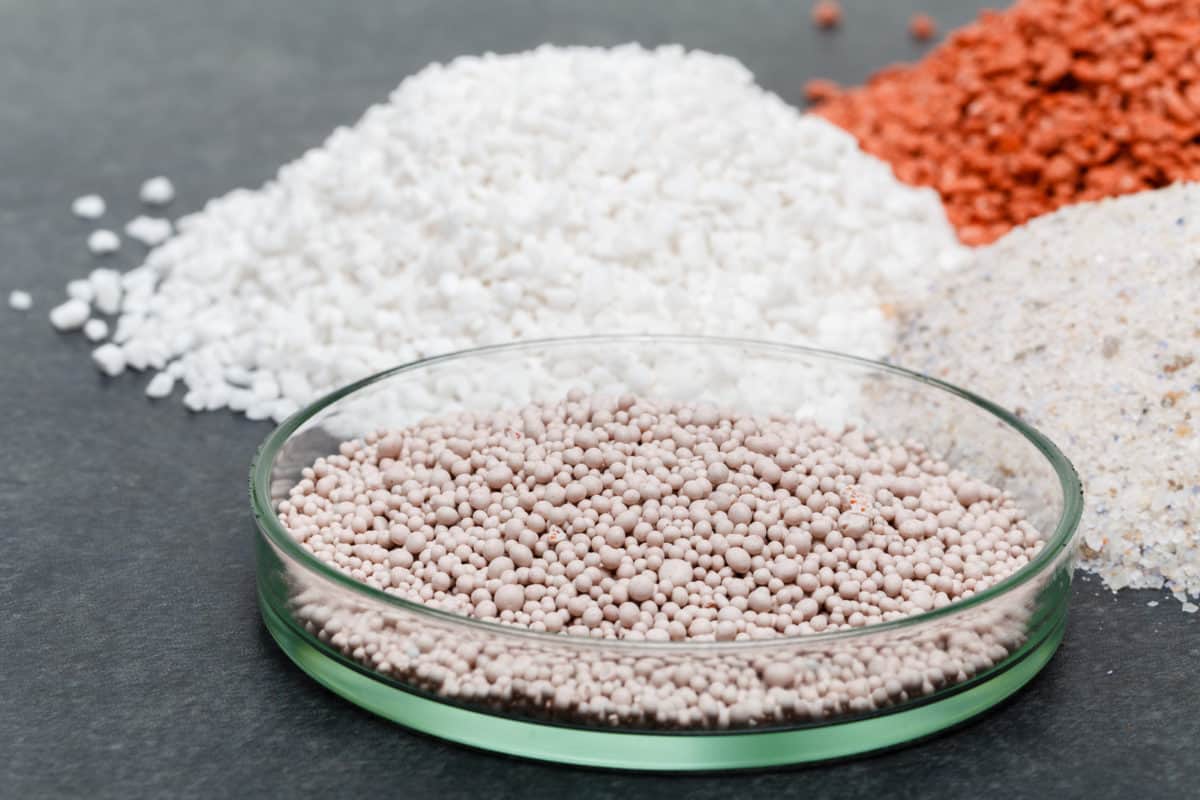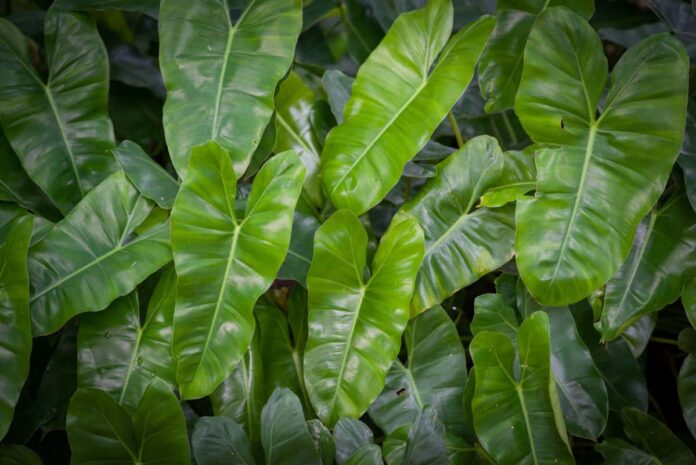Philodendron species are common in many gardens, but are an unconventional choice for the home aquarium. They are technically land crops anyway! However, philodendrons are also one of the many adaptable crops on the market. In fact, they are sometimes grown as marginal crops—their roots are submerged in water, but the leaves remain at water level.
This makes philodendrons in an aquarium a great option where you can likely allow your philodendrons to adapt and adapt to their environment without worrying about them drowning.
Biology of Philodendron
Philodendrons belong to the Araceae family. They are marked with interesting leaves that can sometimes be heart shaped. They are usually very immature in color but tend to produce brightly colored flowers. Many of them even have methods of using aerial roots to help them obtain water and nutritional vitamins.
The distinctive feature of these crops is that they are epiphytic, which implies that they develop on completely different crops (equivalent to wood) and obtain nutritional vitamins not from the soil, but from the air or completely different crops surrounding them.
In nature, philodendrons grow in the shade of larger trees and absorb water from raindrops, as well as from the leaves of the host plant if they are allowed to rise. This makes them a great option for hanging or climbing aquarium decorations, where you can likely allow your philodendrons to thrive as marginal crops.
7 principles for caring for philodendrons in an aquarium
Aquariums are excellent ecosystems. There can also be large differences depending on their size, type and water chemistry, which means any regular advice on keeping Philodendrons in an aquarium must be supplemented by your own personal judgment.
An in-depth assessment can be very important since aquariums are a non-traditional setup for these soil-grown crops. With that in mind, there are a few principles that should help you keep your philodendrons happy, your aquarium healthy, and your fish safe:
Protect leaves from fish


Despite their rather harmless appearance, philodendrons have a dark edge. Their leaves are known to include oxalic acidthis suggests that accidental consumption of the leaves may cause poisoning. This can be very true for animals such as frogs or fish, which may simply stumble upon philodendron leaves and eat them without even realizing their toxicity.
Make sure your aquarium plants are securely secured so they don't accidentally get pulled into the water and harm any of your pets. Also, make sure that any areas where small animals may hide (such as rock walls and driftwood) are securely secured and do not have sharp edges.
Current general lighting
Philodendrons are a low-light species, but they will not do well if kept in low light conditions for long periods of time. In fact, even a few days of low light can cause serious harm to them. You may find that your philodendron's leaves will become smaller and more sickly over time if they are not provided with adequate lighting.
However, too much lung can also be a problem. Although their roots require extreme humidity and water, the leaves do best in drier conditions. For many types of philodendrons, 2 to 5 hours of moderate intensity light per day is sufficient. Use a timer to avoid overexposing your crops.
Immerse the roots in an acidic environment
Most types of aquarium crops require a balanced water chemistry. However, since all philodendron species are adapted to acidic conditions, their optimal pH level is between 5.5 and 6.5! Simply put, slightly acidic water is good for your plant's roots if you intend to grow them in your aquarium.


To achieve this stability, you can probably add peat or acidic soil intended for aquarium culture, or simply add a little sulfuric acid to neutral tap water. If you choose the latter method, be careful not to use excessive amounts of sulfuric acid. This can cause serious damage to both the substrate and the leaves of the philodendron. Keep the water level low and wait a few hours for the pH to reach its excellent range.
Current quality of Extreme Water Prime
Philodendrons are designed to thrive in nutrient-rich water. It is not only the soil in which they develop, but also the water in which they stay. They get their nutritional vitamins directly from all sources of air and water, so it is important to keep your tank water clean if you hope to keep your Philodendron healthy.
While there is no such thing as needing to modify the water on a daily basis, you will have to take a close look at the water chemistry as well as the repair procedure. Regarding the previous, check your tank's pH and nitrate levels weekly and your ammonia levels daily. For the latter, consider doing a 25% water change every 2 weeks or so, replacing it with water of similar temperature and pH.
Determine the right type of water to use
For now, we've focused our dialogue on philodendrons grown in freshwater aquariums, as they are the most common. However, the split leaf philodendron will survive in any salt or fresh water. This makes it one of the few crop species that can be preserved in aquarium water similar to that used for marine fish and invertebrates, such as crabs and shrimp, that prefer extreme salinity levels.
Discover that although this species of Philodendron can survive in salt water conditions, it does not adapt to it naturally. This means that it would be best to slowly acclimate your split-leaf Philodendron to its new environment by keeping it in a container of salt water for a few weeks before introducing it to the aquarium.
Keep in mind: Together with water-based fertilizers


Philodendrons are, finally, agricultural crops. This suggests that they require nutritional vitamins equivalent to carbon and oxygen to survive. Although their roots carry them into the soil, there is no such thing as guaranteeing that they will get the nutritional vitamins they need in the aquarium environment. This is where water based fertilizers come into play.
Together, you will not only improve the survival rate of your philodendron, but also improve its color and development costs! However, make sure you evaluate the type of fertilizer you are going to use before adding it to your aquarium. Some varieties may be too strong for your plant, which may cause more harm than good.
Organize a good quality filter system
A reliable filter system will not only keep your aquarium clean and healthy, but it will also ensure that your Philodendron's roots are constantly receiving oxygen and carbon dioxide. In addition, the filters aerate the water, creating a smooth movement of water using a waterfall system used to return water from the aquarium back to the tank.
Therefore, you should use a high quality filter for your crops. Considering that almost all Philodendrons are grown in small aquariums, we recommend trying to compile a list of the best filters for 10 gallon aquariums. In our opinion, a suitable filter for philodendrons is activated carbon, as it is known to bind trace amounts of nitrogen and phosphates that may be present in aquarium water.
Frequently Asked Questions
What types of Philodendrons are best for aquariums?
The split-leaved philodendron is likely to become one of the most popular philodendron species kept as houseplants because it is hardy and will likely be grown in most conditions. However, if you are looking for another unusual aquarium plant, check out the heart-leaf philodendron or velvet-leaf philodendron.
These species, as the name suggests, are characterized by colorful foliage, making them very popular among hobbyists.
Is it beneficial to spray philodendron roots?
While spraying your philodendron's root system is technically beneficial, it can also lead to root rot if you're not careful. Then water the philodendron only at the root, using a spray bottle, if you already know that its water needs are already being met in all other cases, both through the use of the substrate and through daily changes in the water in your aquarium.
However, it is sometimes helpful to mist the leaves of your philodendron to clear away any dirt and kill any fungal diseases caused by the extra moisture.
Are Philodendrons toxic to fish?
Many fish are able to live alongside philodendrons, but it is extremely important to evaluate the true appearance of your fish before pairing it with any aquarium plant. Many fish are sensitive to the oxalates found in philodendron leaves, which can be fatal to them if they are exposed to extreme concentrations of oxalates over a long period of time.
Basically, since philodendrons are grown exclusively with non-toxic roots submerged in water, your fish can be safe. You may want to take extra care when housing them with fish that are less susceptible to crop bites, such as larger cichlids or other species. predatory fish.
How do we propagate philodendrons?
Once you are able to propagate philodendrons by shredding their leaves or roots, a more effective method is to divide their rhizomes. All you need to do is split it into smaller objects that can become 3-5 inches spherical before placing them in a clear substrate. The right time for all this is mid-spring, because that's when new progress in growing these crops begins.
It's also worth noting that you should use a clear knife, spoon or other utensil to avoid transferring harmful fungi and microorganisms from one plant to another. Once you're done, your Philodendron will begin to show new progress in just a few weeks.
Who is the philodendron plant named after?
The phrase “philodendron“” certainly comes from two Greek phrases that accurately translate as “buddy of the tree.” The species name, in part, comes from the Greek phrase “dendron,” which means “tree.”
Subsequently, although it likely won't be immediately obvious upon hearing its common name, the philodendron plant was actually named for its tendency to cling to tree trunks. Cool, right?
Conclusion
Philodendrons are easy to grow, hardy crops that can last for years without much effort on your part. If you adapt to the basics discussed above, it is achievable with the intention of keeping the Philodendron alive and thriving in the aquarium for many years to come back again.
I hope you enjoyed the article. If so, don't forget to share it with your friends or leave a comment below! Thanks for reading, and good luck with your planted aquarium!

